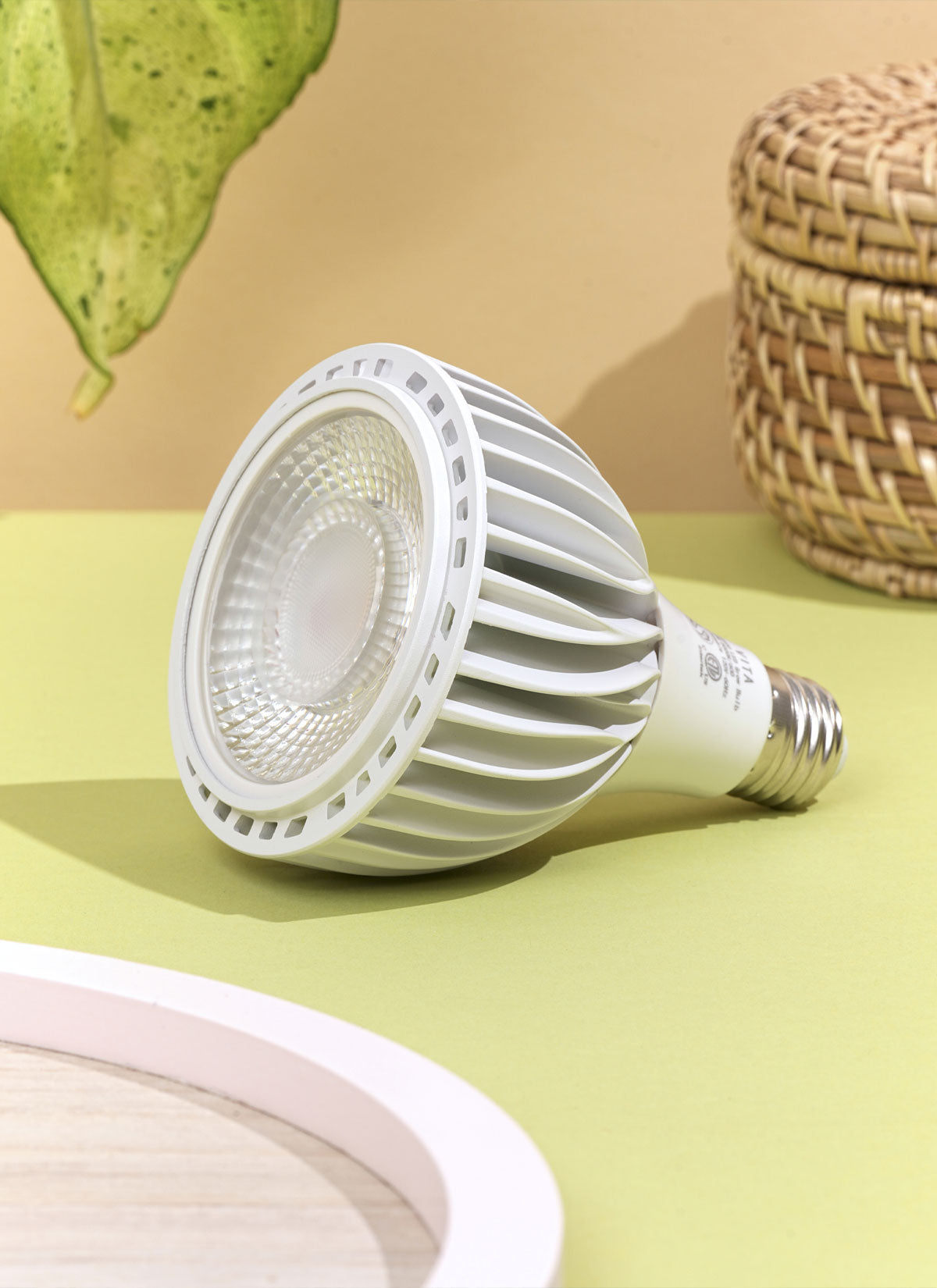Quick Tip: Water until water comes out of drainage holes. Allow top 2 inches of soil to completely dry between waterings.
Mini monstera plants prefer direct, strong light. Although they can survive in low light, these plants will not grow as well and may end up with lanky stems. The leaves are susceptible to browning and scorching in strong direct sunlight. Consequently, it is best to place the plant in an area with abundant, filtered light. Mini monstera plants thrive in locations with bright, indirect light that face north. To guarantee that all sides of the plant receive an equal amount of light and that the plant grows uniformly, it is also crucial to rotate the plant every few weeks.




















